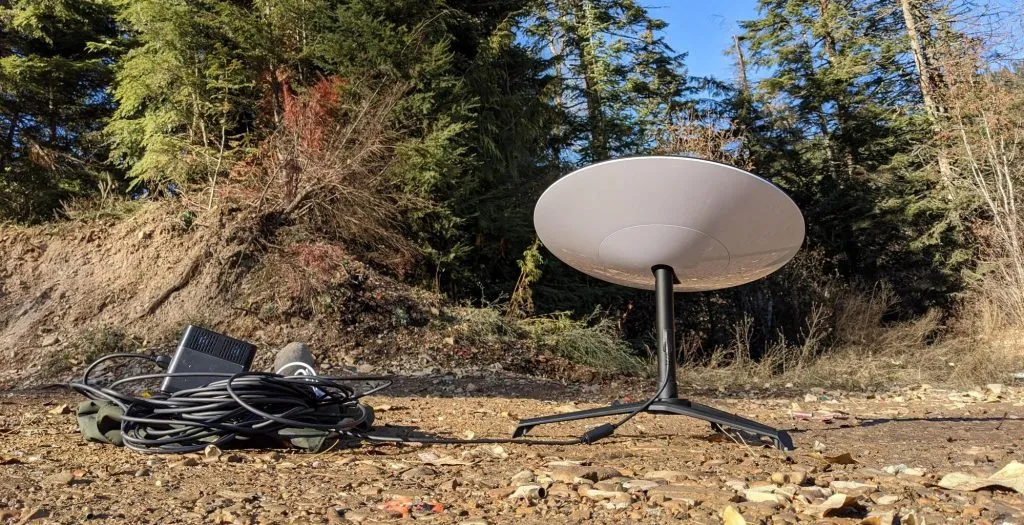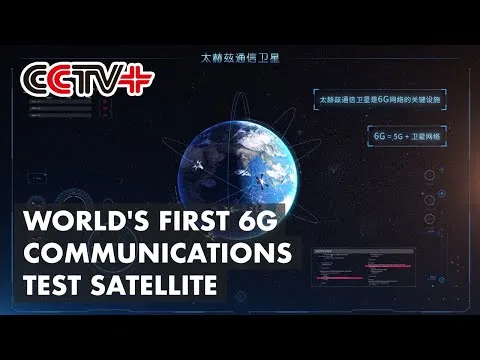When we say things are moving at a fast pace, probably no field exemplifies that more than communications. We are embarking upon an age where a number of different technologies are coming together to speed up how we communicate. Actually, it mostly will not be us communicating, rather, machines. It is closing in on the Internet of Things.
Over the past few months, I wrote a great deal about 5G technology. By this time, most are aware of it. In the developed countries, it is already being rolled out, although will still take a few years before we see much if a "built out" network.
This is just one of the arenas we are seeing rapid change.
Another project that I follow is Starlink, which is being put up by SpaceX. This system seeks to provide global internet to ensure all 7.5 billion people can get online. We are about to see a lot more people joining the web and accessing the world's knowledge base.
The system is in beta right now with just enough satellites to cover part of the northern part of the United States. The service is going to start at $99 a month with a $499 charge for the set up equipment.
Some are already starting to receive this.

One Tesla owner took his dish out in the wild to test it out. One of the key selling features is bringing high speed internet to rural areas that are presently under served. This will be a trial for those countries where there is great distance among people.
Here is what the results were:
Thanks to Reddit user wander-coder’s intrepid testing, we now know that even in its buggy infancy, Starlink is more than capable of realizing that promise. Connected to a large battery pack and sat on the muddy ground in the forests of Hayden, Idaho, the small Starlink antenna was able to deliver download speeds of more than 120 megabits per second (Mbps) and latency under 40 milliseconds tens of miles from any kind of cell service or wired connectivity. While latency did jump to ~140 ms under load, the reality is that in the same location, current satellite providers would be able to offer latency of ~600 milliseconds at best.
This is a good beginning. It appears the company is on the right track with providing the speeds that it promised.
It is not the only technology that is being developed. Earlier, I mentioned 5G. This is the next phase of communication evolution. There are some, however, who are looking to the next stage, 6G.
This system looks to make Musks Starlink obsolete. Granted 6G will not be seen for another decade but there are satellite projects starting.
Here is a very interesting video discussing what Chinese researchers are doing with 6G and how its greatest benefit might actually be in space.
The race is heating up to provide faster speeds, less latency, and to be able to connect more devices. When we think of the "global brain" that many futurists talked about, this is all part of it.
To achieve that end, we need a communication system that connects everyone on the planet to the global knowledge base.
It is happening quicker than we think.
If you found this article informative, please give an upvote and rehive.

gif by @doze

